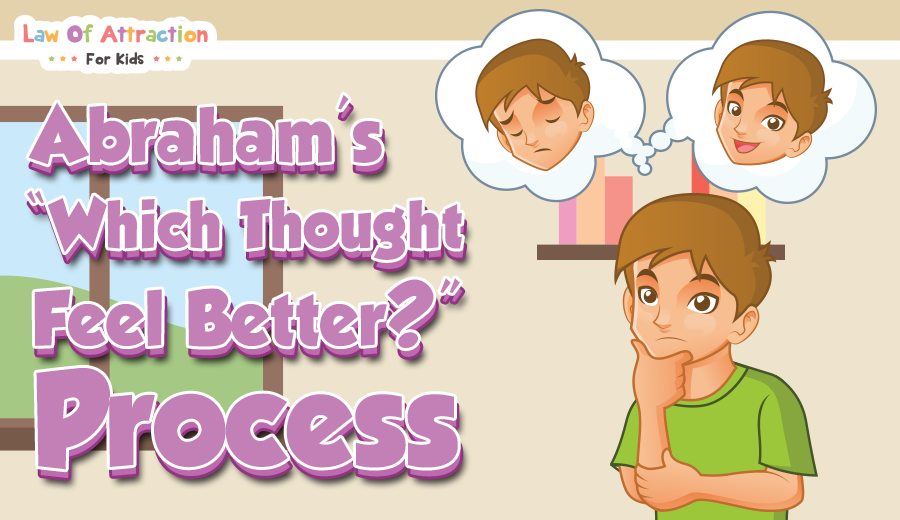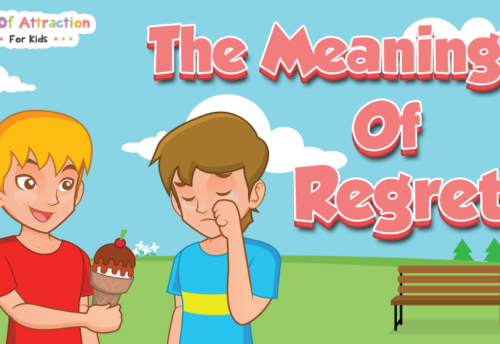
Abraham’s “Which Thought Feels Better?” Process
Questions are a ninja-style way of tricking your brain into being more positive. With the “Wouldn’t it be nice if?” Process, you’re getting it to be more creative and open to possibilities by removing any concerns of how to reach your goals. And now by asking it which thought feels better, you are getting it to make better choices just by reminding your mind that there are other thoughts available than the ones it’s focused on right now. Because it’s about gently shifting your thinking, this exercise is particularly useful when you aren’t feeling your best but haven’t sunk into the pits of desperation yet.
Imagine a scenario. You call up your brain and say in a stern voice, “Hey Brain. We need to talk.” Hopefully your brain answers and comes over for a visit. You sit it down, stare it down with the best strict-teacher expression you can come up with and say, “Brain. You need to think positive from now on. Not one more negative thought from you.” This scenario is basically what happens when you’re trying very very hard to apply the principles you read about on the blog. Unfortunately, feeling good is not the easiest state to reach when you are all tensed up and serious.
Now imagine a different scenario. You meet Brain in some random hallway. It doesn’t look too happy. You sidle up to it and all casual like, you say, “Wassup.” Your brain goes grumbly and starts complaining about this problem it’s been having. You nod like you’re sort of going along but before it can say more than two or three things, you suggest another thought and ask Brain if this new one feels better. Maybe it does. Maybe it doesn’t. Either way you try again. What happens is that slowly, slowly from having to consider these possibilities, without much effort, your brain starts thinking the more positive thoughts you’re feeding it. It has to think each thought for at least a few seconds to be able to decide how it feels. Sneaky, right? Pretty soon your brain has forgotten it was unhappy and skips away, back to where it came from.
Scenario two is basically how the “Which thought feels better?” process unfolds. One point to note—when you’re starting, use pen and paper. Writing down the new thought possibilities helps you to organise your mind and to focus. When you aren’t feeling good, it can be easy for negative thoughts to fly into your head like a swarm of angry bees. This makes it hard to distinguish your different thoughts, let alone to compare them! Do this process often enough—make a point of it any time you’re feeling a little low or frustrated—and the steps will become familiar enough that you’ll be able to go through it entirely inside your head. Soon, you will be so used to doing this exercise that making better choices of thoughts will become automatic. In any case this is a great process to gain awareness of your thoughts and to remember that ultimately, that’s just what they are. Thoughts are changeable and they only have the power that you give them. Remind your dear friend Brain that it gets to choose what to think!



